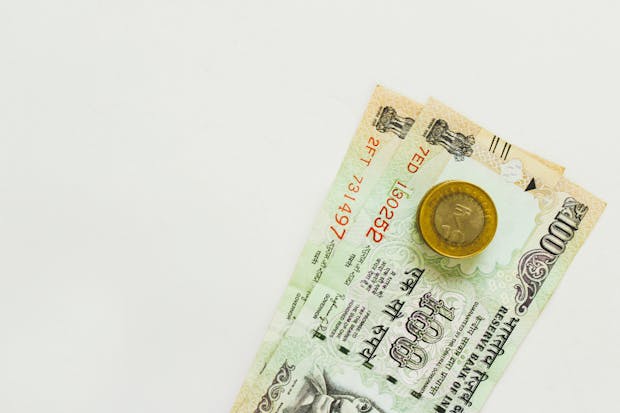the rupee is going digital

the rupee is going digital
the rupee is going digital
how would you like to pay? cash, card, or digital rupee? soon, these will be your options. the Reserve Bank of India’s deputy governor, T Rabi Shankar, has confirmed the plans to launch a central bank digital currency (CBDC). it will likely coexist with cash and existing digital forms of payments.
what’s CBDC?
it’s a form of virtual currency issued by a central bank as an alternative to its currency, and is based on cryptographic (blockchain) technology. the RBI views it to be the same as fiat currency and exchangeable one-to-one with fiat currency. the only difference is their form. one, you can touch and feel as coins and notes. the other, you can only see as numbers on a screen or paper, somewhat like your bank balance.
fiat refers to any currency that is issued and backed by a government. thus, unlike private digital currencies, such as Bitcoin and Ethereum, CBDCs are legal tender. right now, nearly 80 countries are developing CBDCs. China is ahead of the curve, having already launched a digital yuan, while other countries, including the US, are still in the research phase.
benefits of the digital rupee
there are several advantages to digital currencies. they reduce dependence on cash, leading to savings on the cost of printing currency and provide a more robust settlement mechanism for futures contracts on the stock market. they also eliminate the time zone difference in foreign exchange transactions, leading to a cheaper and smoother international settlement system. so if you need to send or receive money from overseas, you’ll no longer need to go through an intermediary or pay high transaction fees.
a digital rupee could also lead to greater financial inclusivity. in theory, any Indian who owns a mobile phone but lacks a bank account could get easy and safe access to secure, government-backed money. it could even streamline various government subsidy schemes by ensuring direct credit to the beneficiary’s (digital) wallet.
increased access to financial services also means more uptake of other essential services such as insurance, which currently languishes at under 3% coverage in India. apart from these, one will be able to do everything with a digital rupee that they can with, well, the physical rupee. this includes paying for utilities, dining, transportation, shopping, government services, and more.
the fall out
but there are potential downsides to a digital currency as well. when you swipe your credit card, you know you’re giving up some amount of privacy to the bank in exchange for not carrying cash. the bank is then free to use that data to sell you products. with digital currency, you are potentially removing all levels of anonymity. everyone in the transaction: the vendor, the bank and the government know the details of your transaction. then there is the issue of interoperability. how will it transfer? will it be a physical device or a card or a phone? what do you do when your phone powers off?
a few steps to go
perhaps as a more comprehensive framework develops, CBDCs will allow for greater interoperability. but for now, let’s look at the positive. it isn’t going to be too far in the future, where one could directly purchase stocks on the Nasdaq from India just as they would on the Nifty.



